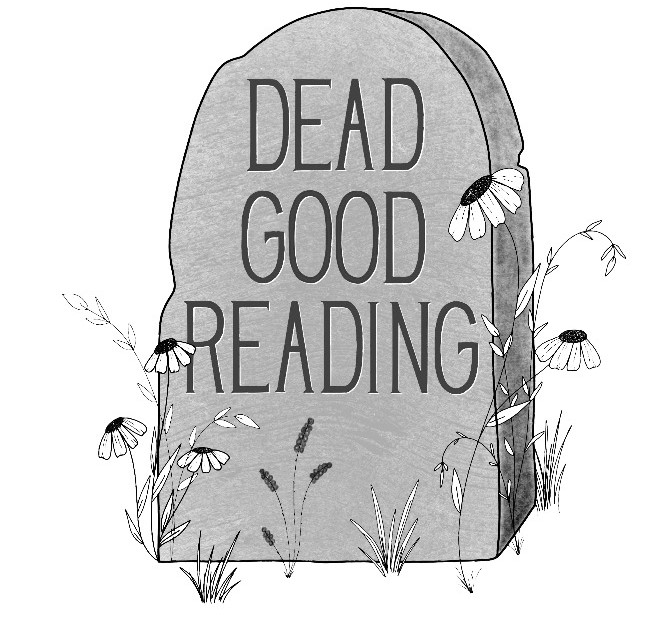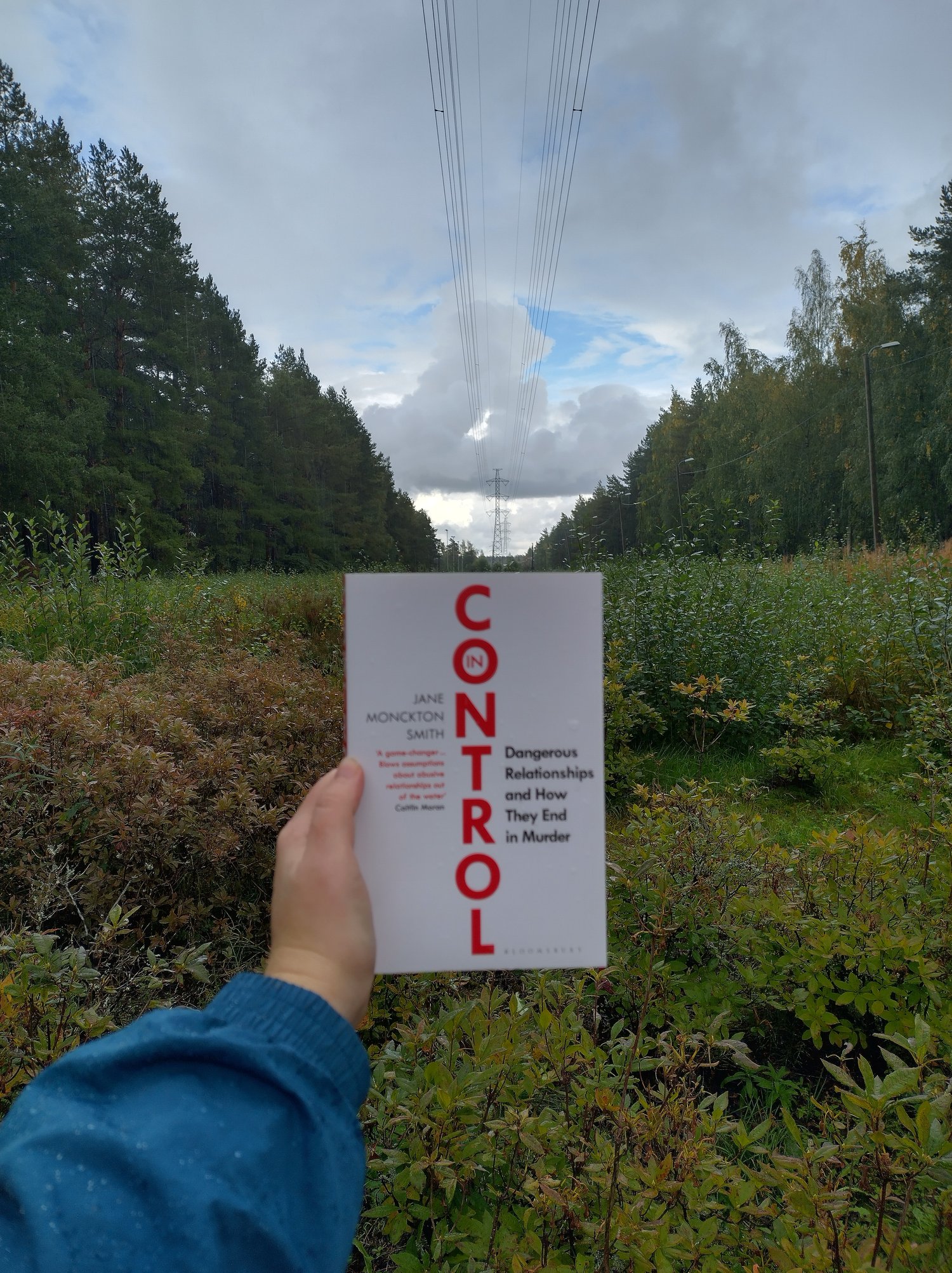In March 2022, English labour MP Jess Philips read out a list in parliament that consisted of the names of 128 women killed by men in the last year. This list is based on the work of Karen Ingala Smith, who started Counting Dead Women, and Philips has been reading out the names of murdered women annually for the past seven years. It shows how these killings of women are not isolated incidents, but a common occurrence. Yet, little attention is paid to the structural nature of these murders, and quite often the victim is blamed for their own death. These stories of domestic violence and killings by intimate partners are common yet often misunderstand as a common question from the public is, “if it was that bad, why didn’t they just leave?”
Jane Monckton Smith, author of In Control: Dangerous Relationships and How They End In Murder, sheds light on intimate partner violence in coercive relationships, and the structure and patterns that lead to murder. Monckton Smith effectively outlines the 8 stages that are present in these types of homicides, making it painstakingly clear that these deaths are not ‘isolated incidents’, nor are they ‘crimes of passion’ where someone ‘just lost it’, but they are deliberate and well thought out acts.
“Femicide (the killing of women because they are women) is a serious public health and criminal justice issue. According to the UNODC men commit 90 per cent of all homicides, but they also make up some 80 per cent of its victims and this statistic is historically stable. In intimate partner homicides, however, women comprise 82 per cent of victims, with men the majority of killers””
— Monckton Smith, In Control (2021, page xiii)
The recorded number of women killed by an intimate partner is high, yet the real number will be even higher as many are left unreported.
Monckton Smith invites readers to critically engage with the topic of homicide and intimate partner killings. Based on her experience as a police officer and years of academic research on this topic, she encourages people to flip common myths and narratives on its head. One of her first cases as a newly qualified police officer was a 999 call to a house where a woman had been hit in the head by her partner with a lump hammer. Monckton Smith was surprised to find that the woman was refusing to leave the house and go with the paramedics. Her initial thought was ‘why will this woman not get in the ambulance?’ , and this will perhaps be the thought of many reading this as well. Yet, years of investigating this topic has changed Monckton Smith’s thinking into the question: Why was it in her best interest not to leave?
The answer to this is very complex. But ultimately, leaving a relationship based on coercive control can be as dangerous as staying in it.
Monckton Smith has identified an 8-stage homicide timeline which consists of: 1) a history of control and stalking, 2) the commitment whirlwind, 3) Living with control, 4) Trigger, 5) Escalation, 6) A change in thinking, 7) Planning, and finally 8)Homicide and/or suicide. Each chapter in In Control focuses on one of these stages, and through the use of real life examples she convincingly shows how this time line plays out in femicide cases, time and again.
Importantly, Monckton Smith shows that killers can come from all backgrounds and walks of life, yet when you analyse what happened in coercive relationships that ended in murder, these 8 stages are omnipresent. Sadly, the majority of cases are retrospective accounts, and a large part of the book is a plea from Moncton Smith to take serious the dynamics that are at play in these relationships, and to have a greater recognition in society that these murders are in fact structural and not isolated incidents. If there is a greater understanding of these 8 stages, hopefully in the future coercion can be recognised before it reaches stage 8.
Like Monckton Smith, Sara Knox has an academic interest in murder and the cultural stories that are created around this topic. In a recent interview on The Death Studies Podcast she notes that some stories are dominant and omnipresent, whereas others are very much silenced or ignored. Murder, and particularly, serial killers, speak to the public imagination. As a consequence, there are very specific narratives that are constructed in popular culture and the media, that all reinforce these stories.
Men who have murdered their intimate partner often suggest that the killing was justified, and in fact necessary, as they claim they are the real victims in the story. This narrative is often supported by the Media and by the Courts. As the true victims are dead, the killers are the ones who can continue to tell their story, and can perpetuate the myth of a ‘crime of passion’, that it happened in ‘the heat of the moment’, and that it is justified to do harm to your partner if you simply ‘love them too much’. The victims cannot debunk these stories, cannot show their fears and struggles in life. Given the shame that is linked to domestic violence, there is often very little evidence that points to coercive control. And even when there is, professionals can be reluctant to reveal or investigate this, as an accidental or strange death is preferable over a deliberate and thought out act.
One of the cases that is mentioned in the book is the death of Emily Longley. Emily’s father, journalist Mark Longley, has created a very powerful three episode long podcast called “Death: Love, grief and hope” in which he tries to make sense of the death of his daughter. It includes chilling audio footage that the police recorded at the house of the parent’s of the killer. The killer is recorded saying she deserved it, and that she destroyed his life. The killer is also convinced he got away with it, that he left no trace, and that he spun a good story to explain Emily’s death.
Monckton Smith has provided a powerful and persuasive account that will hopefully change the way we think about coercive relationships. The public’s understanding of these killings, and the arguments that to this day are used and can be used in court, are in desperate need of changing. I wish to live in a world where Jess Philips steps into parliament and announces that no women were killed in the UK that year, but sadly this will likely remain a case of wishful thinking.
You can buy Jane Monckton Smith’s book In Control: Dangerous Relationships and How They End in Murder in a lot of places they sell books!


Leave a Reply